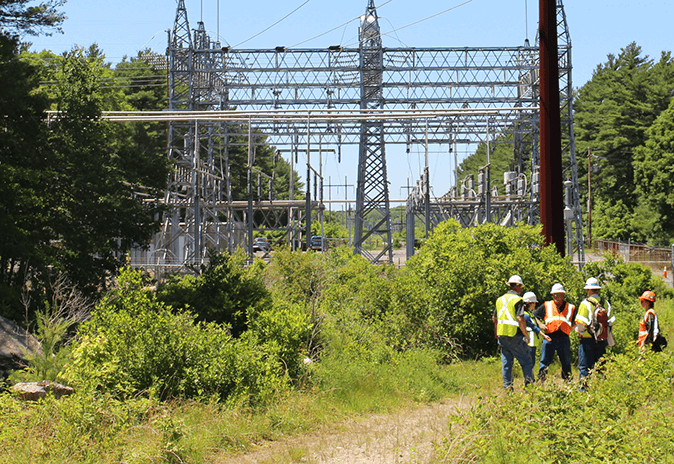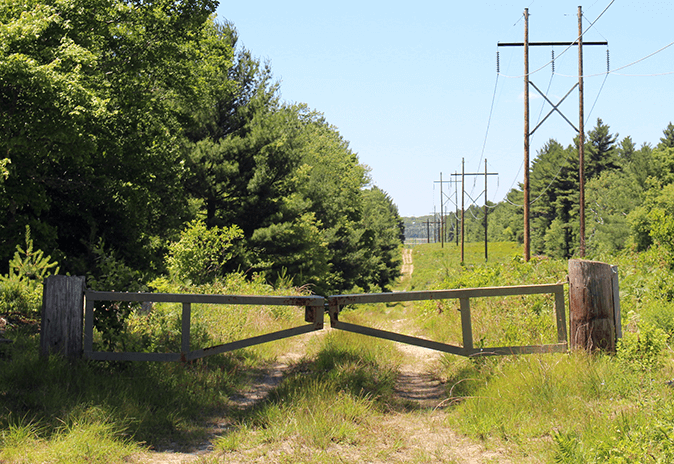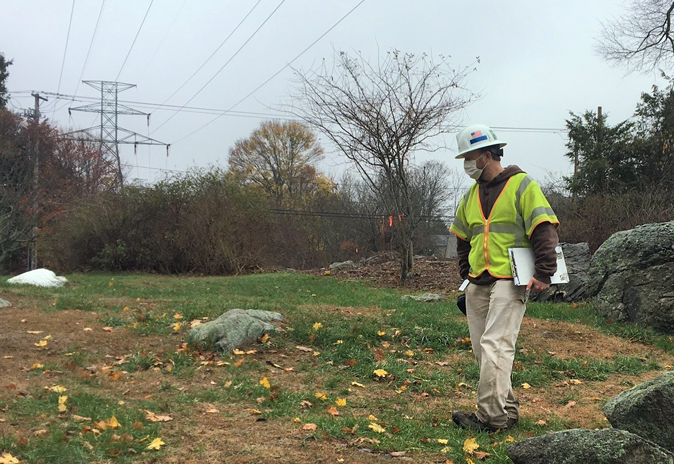
South Coast Reliability
Current Projects
* Construction Activity at Bell Rock Substation – Summer/Fall 2020
A strong electric transmission system is vital to this region’s safety, security, and economic prosperity.
National Grid is taking a holistic look at reliability needs and asset upgrades in southeastern Massachusetts, including in the Fall River region.
Proposed projects for Fall River include upgrades to the Bell Rock Substation and a new 115 kilovolt (kV) overhead transmission line, which is a joint project with Eversource. A segment of this new line – called the Acushnet to Fall River Reliability Project - will be constructed in an existing transmission corridor in Fall River and will terminate at the Bell Rock Substation.
There will be no disruption of electrical service to customers in order to complete these projects.
Electricity 101
If you’re like most people, how the power grid works isn’t something you think about every day—you flip the switch and the lights come on. However, in reality it takes a complex network to deliver this vital service.
Below is a simple depiction that walks through the basic steps in the electrical grid.
Generation
All the electrical power that we use starts at a power plant where a generator produces electricity. Generators can be fueled by coal, oil, natural gas, nuclear, or renewable sources, such as hydroelectric, solar, and wind power.
Transmission
From the generator, power leaves and enters a transmission substation, which converts the generator's voltage to extremely high voltages for long-distance travel on the transmission grid. Transmission lines effectively and efficiently carry that high voltage power over the long distances.
Distribution
From the transmission lines, the power is converted to a lower voltage at a substation that sends power to the distribution lines—the lines you see long your town or city streets—and, ultimately, that power your home or business.




